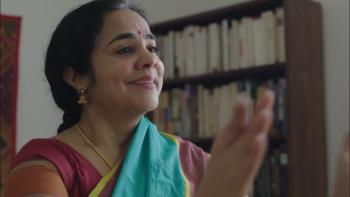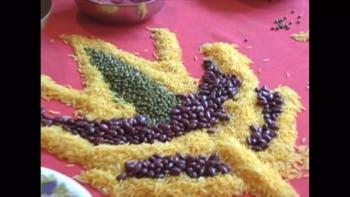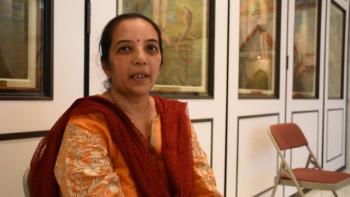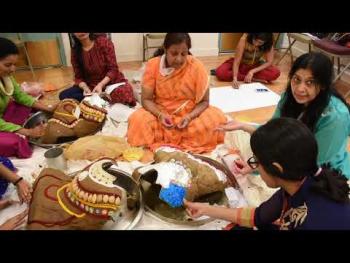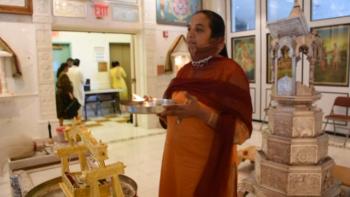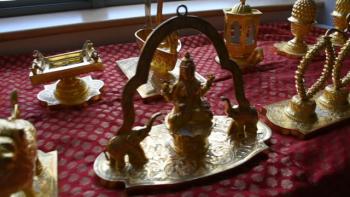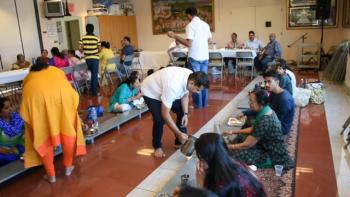Browse Digital Heritage
All of us as have two experiences in common — birth and death. One is greeted with joy and celebration; the other is often accompanied by a wide range of emotions such as fear, relief, sorrow, joy, grief, and loss. In the process of dying, and in death itself, cultural practices and rituals play a key role in the individual’s and family’s experience of end-of-life. Understanding how death and dying have come to be expressed in culturally-specific traditions and diverse art forms offers remarkable insight into end-of-life situations, allowing healthcare professionals to develop essential cultural competencies and increased empathy.
The End-of-Life Toolkit is a set of resources that accompanies an eLearning course entitled “Heritage to Health: Harnessing the Power of the Arts for End-of-Life Care”. The Toolkit provides resources on death and dying, geared to both health professionals and the public. It contains links to textbooks, stories, poems, cultural perspectives on death and dying, as well as compelling video clips, examples of various art forms, and “how to” information for creating various types of memorials when an individual passes away. The Toolkit expands the opportunities for healthcare providers to enhance their skills in end-of-life care through the use of the Arts. It focuses on ways to create a culturally sensitive yet individualized environment for those at the end-of-life, using the Arts as a clinical tool for supporting patients’ beliefs, traditions, and customs in a meaningful way.
Developed by City Lore and the Nurse Practitioner Healthcare Foundation. Funded by the Robert Wood Johnson Foundation and the National Endowment for the Arts.
Dance
Belief
Devesh Chandra plays and discusses traditional Indian music.
Music
This video contains excerpts of workshops given during a two weekend series of performing arts of India, as represented in the Westchester Indian community
Dance
Ritual
Place
Health
Material Culture
Migration
Belief
The Non-Gujarati Jains is fieldwork project by videographer and Conceptual artist, Smrita Jain. Project for Citizen Folklife Program, Brooklyn Arts Council.
Ritual
Place
Health
Material Culture
Migration
Music
Belief
Aarti also spelled arti, arati, arathi, aarthi (In Devanagari: आरती ārtī) is a Hindu religious ritual of worship, a part of puja, in which light from wicks soaked in ghee (purified butter) or camphor is offered to one or more deities. Aartis also refer to the songs sung in praise of the deity, when lamps are being offered.
Ritual
Place
Health
Material Culture
Migration
Music
Belief
This notion that “all Jains are Gujaratis” is overshadowing the true representation of who Jains are and the religion Jainism. As part of Brooklyn Arts Council's Citizen Folklife initiative, Smrita Jain does fieldwork in order clear up this misconception.
Ritual
Place
Health
Material Culture
Migration
Music
Belief
This notion that “all Jains are Gujaratis” is overshadowing the true representation of who Jains are and the religion Jainism. As part of Brooklyn Arts Council's Citizen Folklife initiative, Smrita Jain does fieldwork in order clear up this misconception.

